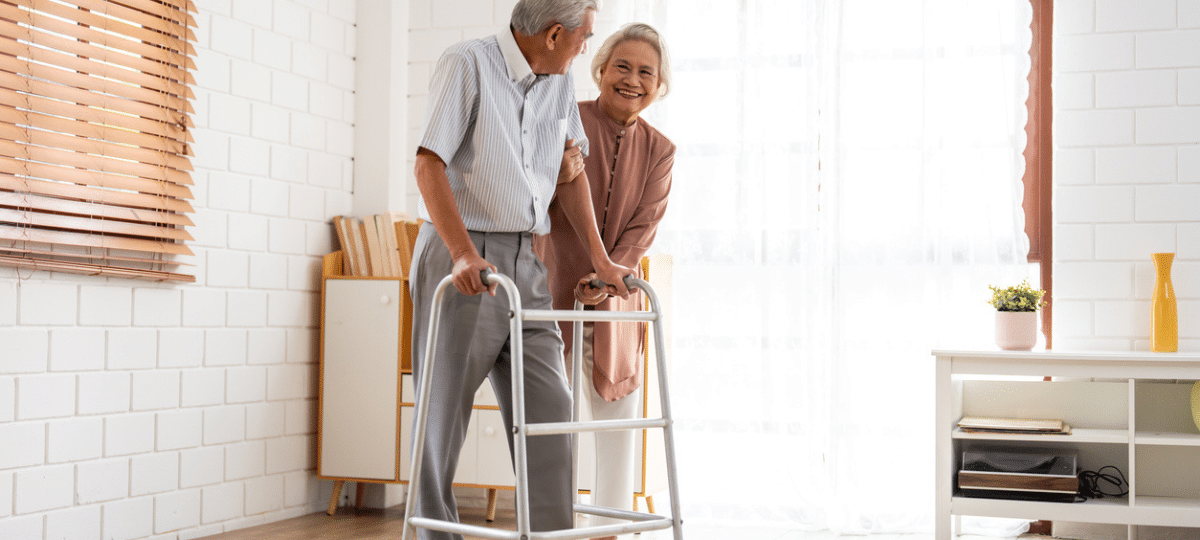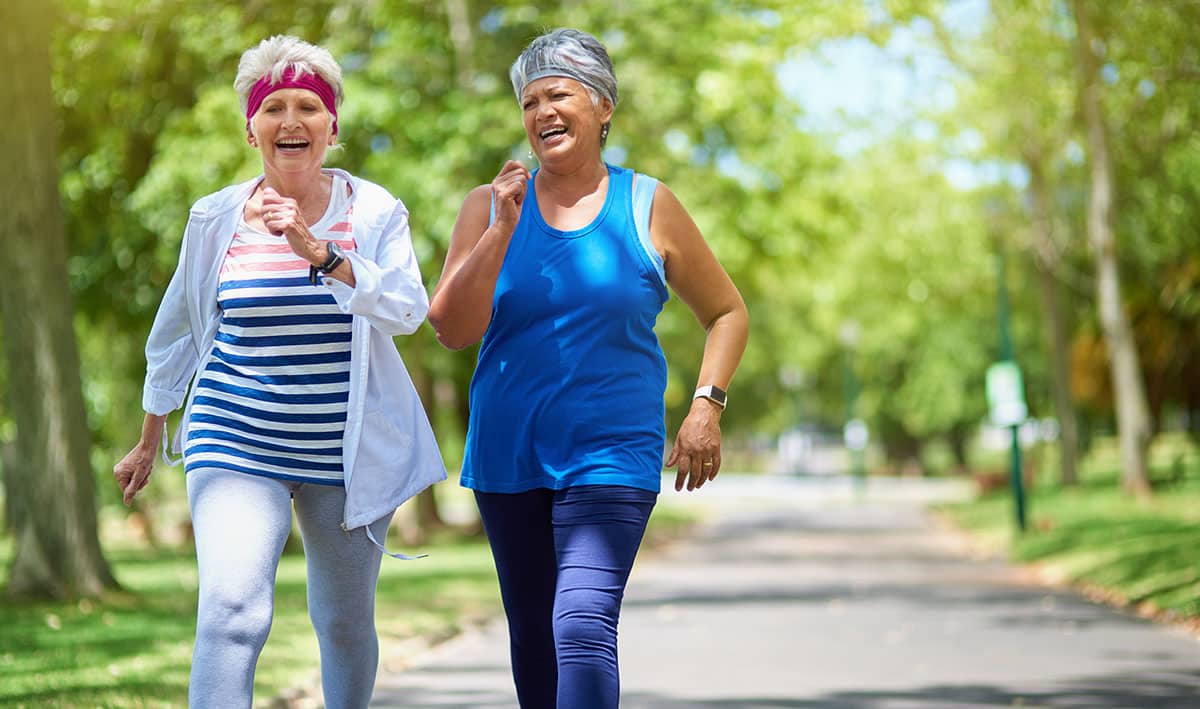For adults over age 60, the time to focus on healthy aging is now. Being proactive in managing your personal health and wellness is key to living your best life. Here are 6 ways to help you live happier and feel better:
1. Keep Up with Routine Wellness Appointments
Health and wellness go hand-in-hand. As we age, new or worsening symptoms of various conditions or diseases can develop. The need for incorporating new medications, vitamins, and other health supplements can be confusing.
The first step is discussing your physical and nutritional wellness with your healthcare team. It’s always ideal to catch something before it becomes a more serious health problem, so advocate for yourself and stay on top of your routine doctor appointments.
2. Practice Healthier Eating Habits
Good nutrition starts with meal planning. Aside from saving you money, meal planning is a great way to pay attention to what you’re putting in your body.
Don’t forget to check product labels and review nutritional information. Understand what you’re putting in your body, and make a serious effort to reduce:
- Sodium intake, since many older adults have — or are prone to — high blood pressure. Check the labels on frozen, canned, and processed foods. As a guide, follow The American Heart Association’s recommendation to limit your sodium intake to less than 1,500 milligrams per day.
- Trans and saturated fats in foods like butter, bacon, steak, and full-fat dairy products. Instead, boost monounsaturated and polyunsaturated fats, which can be found in salmon, avocado, nuts, flax seeds and olive oil, which are shown to improve joint pain and arthritis, promote brain health, and improve memory.
3. Stay Active and Keep Moving
Pay attention to changes in your physical capabilities and avoid the slow and steady slide into a sedentary lifestyle that many seniors experience. The less you move, the more prone you are to losing muscle strength and joint mobility.
Modified activities for seniors like yoga offer enormous benefits because they improve balance and mobility, build muscle mass, help to manage chronic pain, and improve cognitive function.
4. Pay Attention to Vitamin & Mineral Intake
Age-related physical changes, such as loss of bone mass and slowed gastric acid production, can be associated with vitamin and mineral deficiencies that impact our wellness. Some of the more common vitamin deficiencies in seniors include:
- Calcium: Intake recommendations, as per The National Institutes of Health, are 1,200 milligrams daily for women over age 50, 1,000 milligrams daily for adult men until age 50, and 1,200 milligrams daily for men over age 70. Good sources of calcium include orange juice, yogurt, cheese, and fat-free or 1% milk; spinach; black and pinto beans; and almonds.
- Vitamin D: This vitamin is essential to our body’s ability to absorb calcium, and is synthesized by the skin upon exposure to sunlight. According to the NIH, very few foods naturally contain Vitamin D. Foods such as salmon, tuna, cheese, and egg yolks are good sources, though. Consult your healthcare provider about how much Vitamin D you need and whether a supplement is right for you.
- Vitamin B: This one is important for metabolism, heart health, and healthy nerves. However, some medications may interfere with B vitamin metabolism. Ask your doctor or pharmacist about the medications you’re taking and if you should consider supplementing your diet with fortified foods or vitamins.
4. Be Mindful About Your Mental Health
As we age, we inevitably experience feelings of loss. Whether it’s the loss of a spouse, friend, or a former way of life that no longer exists, the absence of what used to be can cause new or worsening depression in older adults. Coping with major milestones like the loss of a loved one, the end of a career, or your children growing up and moving away can make life feel like your best years are behind you.
If you or someone you know is experiencing anxiety, depression, or post-traumatic stress, ask your healthcare team to recommend a reputable mental health provider. Talking it out with a professional can help you manage your feelings and live happier.
5. Personal Goal Setting
Setting personal goals for yourself is good for anyone at any age. Many seniors report an affinity for bullet journaling, a popular method of personal organization that combines social scheduling, task reminders, to-do lists, and goal setting into a single journal or booklet. By adding to it daily, you’re focusing on the things you care about while reducing the stress of managing everyday life.
Think of it as your daily planner, post-it note reminder, social calendar, and diary all rolled into one. Use it to set goals and keep life organized for things like:
- Physical fitness activity goals
- Meal planning and food shopping
- Around-the-house tasks that need doing
- Wellness checkups and other healthcare-related appointments
- Sleep, exercise, and food diary
- Medication reminders
- Art doodling as a stress relief
- Frequently dialed phone numbers
Bullet Journaling for Seniors: Quick Tips to Get Started
Start with an Index: Create what looks like a table of contents page at the front of the journal to keep your thoughts and tasks organized.
Monthly View: At the top of each new month’s page, create a bird’s eye view of the month and prioritize can’t-miss events and obligations.
Daily Log: This includes day-to-day social activities, appointments, and other tasks.
Consider the future: Create your bullet journal with the future in mind; be sure to include major upcoming events, like a child’s wedding, and then include preparations for the big moments throughout, like all the to-dos in advance of the big day. You can also record goals you hope to achieve like weight loss, financial savings, and home improvement projects.




